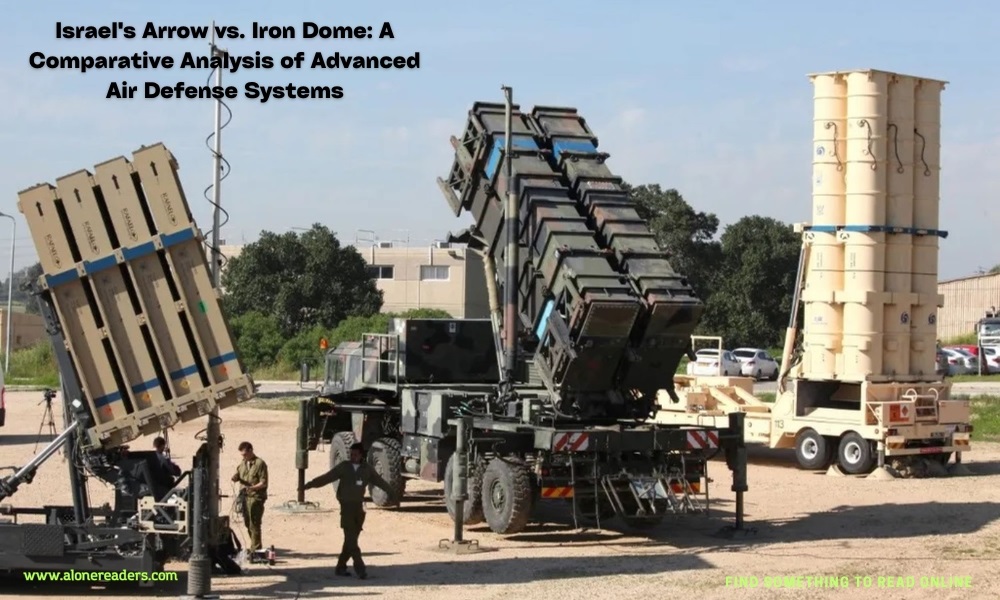
Israel's defense infrastructure features some of the most advanced air defense systems in the world, notably the Arrow and Iron Dome systems. Each system plays a critical role in the country’s defense strategy but operates in distinct realms of missile defense.
The Iron Dome, developed by Rafael Advanced Defense Systems, is primarily designed to intercept short-range rockets and artillery shells. It was first deployed in 2011 and has been instrumental in defending against threats from non-state actors like Hamas and Hezbollah, who frequently launch rockets into Israeli territory. The Iron Dome system is renowned for its high interception success rate, reportedly over 90%, and its capability to operate under any weather condition. This system strategically protects both civilian populations and critical assets while minimizing collateral damage (Army Technology) (Missile Threat).
On the other hand, the Arrow system, which includes Arrow 2 and Arrow 3 variants, targets longer-range threats and is capable of intercepting ballistic missiles outside the earth's atmosphere. This system was developed in collaboration with the United States as a part of a broader strategy to enhance missile defense capabilities following vulnerabilities identified during the Gulf War. The Arrow system is distinguished by its ability to engage sophisticated ballistic missile threats, which are typically beyond the scope of the Iron Dome (Wikipedia) (Missile Threat).
The key difference between the Iron Dome and Arrow systems lies in their designed purpose and operational range. Iron Dome deals with short to medium-range threats, providing a shield over populated areas and critical national infrastructure. In contrast, Arrow provides a higher-tier defense, engaging threats at much higher altitudes and longer ranges, effectively expanding the protective bubble around the nation against more severe ballistic missile threats.
Both systems have seen significant upgrades over time. The Iron Dome has been adapted for both land and naval operations, with variations such as the C-Dome for naval vessels. Meanwhile, the Arrow system has evolved to include Arrow 3, with capabilities extending into near space regions to neutralize threats before they can re-enter the earth's atmosphere. Israel continues to innovate in this domain, with ongoing development of the Arrow 4 system to enhance its defensive coverage against the backdrop of evolving regional threats (Army Technology) (The Times of Israel).
The strategic utility of both systems in Israel's defense architecture cannot be overstated. Iron Dome's rapid deployment capabilities and high interception rates provide robust defense against frequent rocket attacks. Conversely, Arrow's ability to engage long-range missiles at high altitudes offers a critical layer of security against more conventional military threats from nation-states or more heavily armed non-state actors (Wikipedia) (Missile Threat).
Conclusion
In conclusion, while both the Iron Dome and Arrow systems are integral to Israel's national security, they serve complementary roles within the multi-layered missile defense strategy. The continued development and deployment of these systems are crucial for Israel, providing a comprehensive shield against a spectrum of threats from all directions.